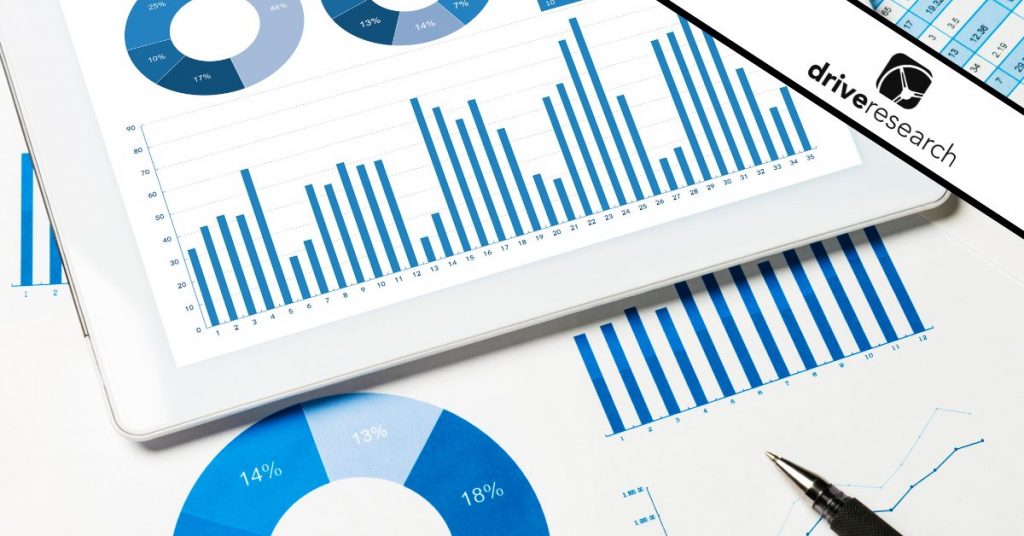
The U.S. Census is upon us once again for 2020! I like to think of the Census as essentially a national market research study mandated by the U.S. Constitution.
Demographic data is collected via a survey for every individual living in the country, similar to how our market research company finds survey respondents for a variety of businesses.
You may have noticed this decade’s Census has an option to respond online. For those wondering, the 2020 Census will still accept mail responses to account for individuals without internet access or who prefer offline methods.
However, the inclusion of digital responses is a deceptively small change that should make the Census more efficient for decades to come.
In this post, I will outline how Census data has been historically collected as well as the benefits and risks associated with moving the Census online.
A Brief History of Census Data Collection
The U.S. Census has been taking a headcount of everyone in the United States since the eighteenth century. For all this time, the primary forms of collecting data have either been in-person or through the mail.
This may have been the most efficient approach during that time period, but the digital age has finally influenced a change to the process. 2020 marks the first Census that will collect respondent data primarily online through a survey link.
Interestingly, the 2000 Census was the first time an online option to respond was publicly available. You’re probably scratching your head trying to remember it because the feature received no promotion whatsoever.
The online response option in 2000 was likely a test run of sorts to embrace the inevitable rise of the Internet. An online link was not offered at all for the following Census in 2010.
This step back probably meant there was a lack of confidence within the Census Bureau to make the leap to primarily online at that time.
Benefits of an Online Census
Fast forward to today and it’s easy to see why the 2020 Census is widely advertised to U.S. residents as an online survey. According to Statista, 90% of the U.S. population in 2019 identified as Internet users.
As a market researcher, I also happen to know that online surveys hold many advantages over traditional mail surveys.
Time in the field, project cost, and response rates are all generally more favorable for an online study. Online data collection means respondents can provide immediate feedback without the added time of mail transit and data entry.
Response rates should also be theoretically higher because the required effort to complete the survey is lower than answering a physical survey and dropping it in the mailbox.
Costs should consequently decrease through less use of paper, shipping, and human resources to gather the data.
Risks of an Online Census
Moving the Census online does not come without its challenges, though. The stakes associated with properly gathering the U.S. Census data are about as high as you can get.
Some notable concerns for an online survey of such a large scale are security and other IT requirements.
With over 300 million potential respondents, the website needs to be able to handle several hundred thousand users at any given time. That is a far cry from the needs of any online survey fielded by a private market research company.
However, this is a good reminder that the respondent experience is key to your response rate. If the online survey is slow to function or freezes altogether, you may see substantial survey drop-off.
The risk of hackers is also present, with a notably distributed denial-of-service (DDoS) attack that occurred during Australia’s first digital census in 2016. For smaller studies by market research firms, the implication here is to ensure you implement a secure system to protect the integrity of your data from external threats.
Excluding duplicate IP addresses from entering your survey and using unique survey links for respondents are a couple of common measures to protect your data.
Here are some other general tips on ensuring your market research data is reliable.
Contact Drive Research
Drive Research is a national market research company in New York. Our team can help guide you to select the best methodology for your next project. Check out our market research services.
Ready to contact our team?



